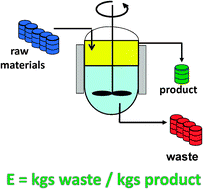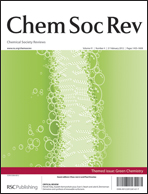In this tutorial review, the fundamental concepts underlying the principles of green and sustainable chemistry - atom and step economy and the E factor - are presented, within the general context of efficiency in organic synthesis. The importance of waste minimisation through the widespread application of catalysis in all its forms – homogeneous, heterogeneous, organocatalysis and biocatalysis – is discussed. These general principles are illustrated with simple practical examples, such as alcohol oxidation and carbonylation and the asymmetric reduction of ketones. The latter reaction is exemplified by a three enzyme process for the production of a key intermediate in the synthesis of the cholesterol lowering agent, atorvastatin. The immobilisation of enzymes as cross-linked enzyme aggregates (CLEAs) as a means of optimizing operational performance is presented. The use of immobilised enzymes in catalytic cascade processes is illustrated with a trienzymatic process for the conversion of benzaldehyde to (S)-mandelic acid using a combi-CLEA containing three enzymes. Finally, the transition from fossil-based chemicals manufacture to a more sustainable biomass-based production is discussed.

You have access to this article
 Please wait while we load your content...
Something went wrong. Try again?
Please wait while we load your content...
Something went wrong. Try again?


 Please wait while we load your content...
Please wait while we load your content...